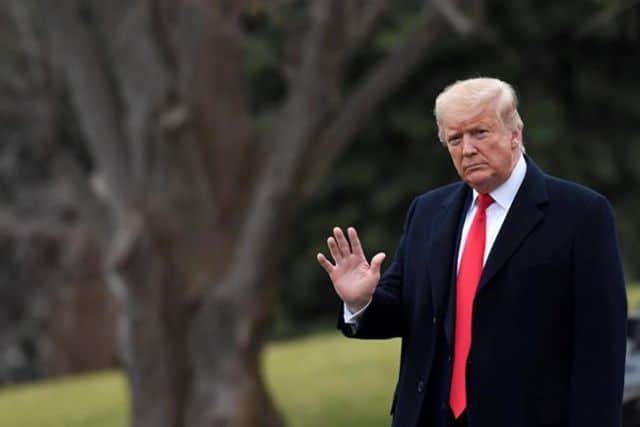
Trump to sign new USMCA bill into law, clearing way for Canada
Donald Trump will usher in the start of a new era in continental trade today when he signs into law the American road map for the U.S.-Mexico-Canada Agreement, a long-sought, hard-fought trilateral deal sure to play a role in the embattled president’s bid for re-election.
The ceremony clears the way for the federal Liberal government, which has been taking pains of late to avoid getting out in front of the Trump White House, to move forward with its own implementation bill in the House of Commons.
But it will still take several months before the new rules of the road are fully in place.
The agreement doesn’t come into force until the first day of the third month after the final country — in this case, Canada — serves notice that it’s ready to proceed. The mechanism is aimed at giving all three parties time to develop so-called “uniform regulations” used to interpret the terms of the deal.
Once that happens, a welcome measure of predictability, consistency and confidence will return to the continental trade corridor, said Kirsten Hillman, Canada’s acting ambassador to the U.S. and a key member of the team that negotiated the deal.
“Trade agreements as public policy tools do two things: they open markets and liberalize trade between parties so as to incentivize mutual benefits — supply chains, investment, business partnerships — and they create predictable rules that Canadians can count on in deciding to make business choices,” Hillman said in an interview.
“One of the challenges over the past couple of years has been that this instrument that underlines and underpins a $2-billion-a-day trading relationship we have with the United States has been under negotiation, creating a certain sense of instability within our trading community.”
There are still unknown variables, however, including the fact that the agreement commits Mexico to a suite of labour reforms described by some as the most comprehensive and sweeping ever imposed. They include:
- Eliminating all forms of compulsory labour;
- Protections to allow workers to organize, form and join the union of their choice, and to prevent employer interference in union activities;
- Allowing free and secret votes on union leadership and agreements;
- Setting up independent labour courts and arm’s-length agencies to oversee union elections and arbitrate contract disputes.


